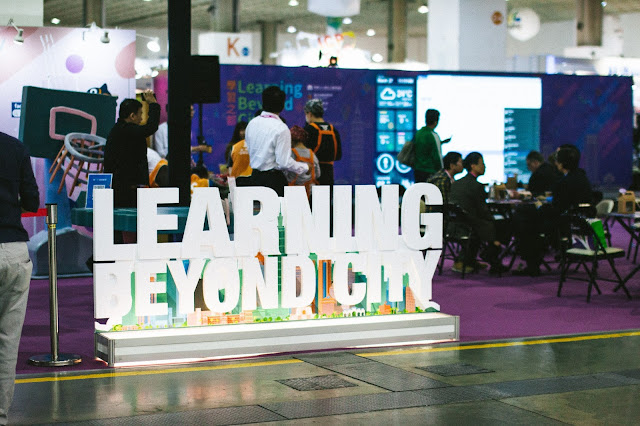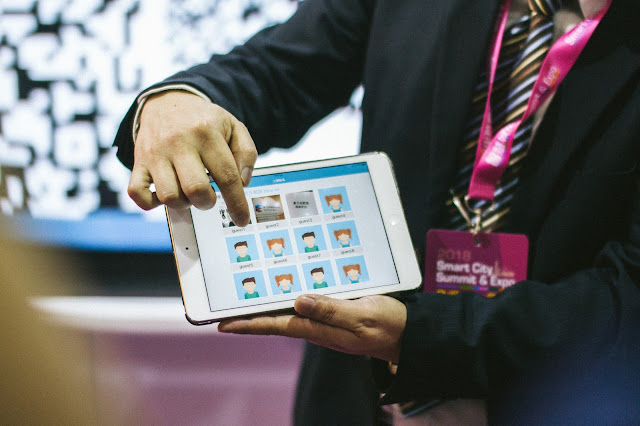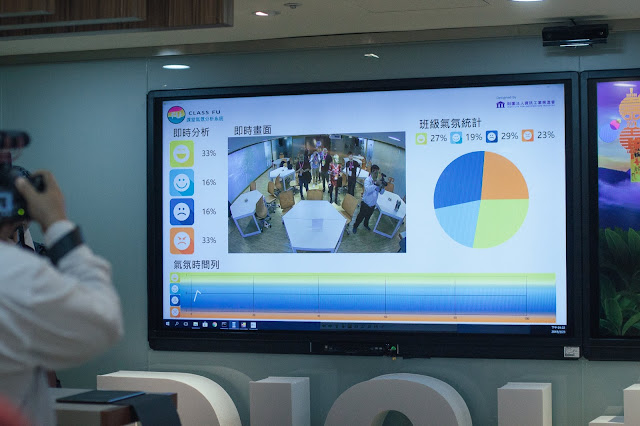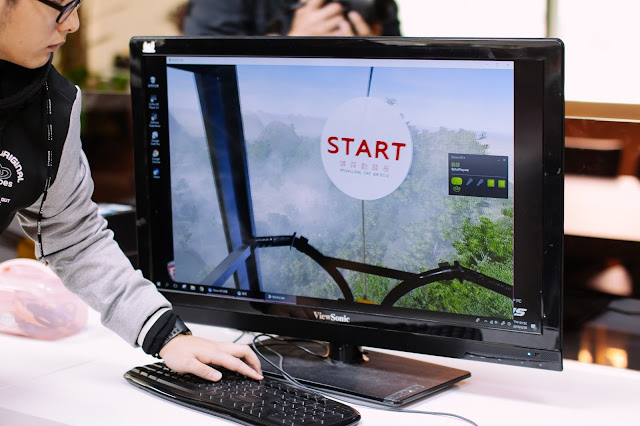FutureE2D is Taipei’s first every Education Technology Exhibition that happens
to be held in conjunction with the Smart City Summit & Expo. This
particular exhibition was slated to discuss about the involvement of technology,
smart city landscapes and opportunities that arise as the world advances
towards the future of education.
with round tables to simulate classrooms, the speakers did a live demonstration for a few
applications that can be used using smart education software. These include attendance-tracking and
integrating classroom-learning with smart devices.
Not to be bested, the Institute of Information Industry opened up their Advanced Learning
Lab for us to experience the latest education solutions made for Taiwan. The whole lab showcases the latest solutions that are created by the Digital Education Institute (DEI). Here are 4 main areas that were showcased – Smart Classroom, Education Material Production Space, Advanced Smart Sensors and Virtual Reality.
1. Smart Classroom
- Facial Analysis – By capturing every individual’s face in the classroom, the educator will be able to know their reactions to certain topics that are introduced. Educators can then improve their teaching styles and materials, if they find that the students react negatively to certain things that are shown on the screen. (These data are consolidated and shown as a percentage to the educator)
- Number of Students in Class – The system identifies the number of students in the classroom. This allows the educator to easily take attendance, or track the movement of students between classes. The number of students in class is also mapped to a timeline in a graph for an easier view to the educators.
- Posture Analysis – Each student’s postures are analysed and mapped to their general interest level and attentiveness.
- Attentiveness Data – If users are looking at the screen, they will be shown as attentive. Otherwise, if their heads on the table, and they seemed bored, it will be detected accordingly as well.
- Focus on Screen – Tracks the number of students looking at a particular screen. As mentioned, as there are 3 large displays in the classroom, the system is able to capture student’s current viewpoint and show which screen they are looking at. This can be then further analyzed with the content type and moods of the students for better insights.
- Hand Raising Recognition – The system can also detect any students who raises their hands (raise left hand, raise right hand, or raise both hands), and consolidate the numbers on the dashboard. The teachers can probably use this method to hold a poll for certain topics.
The image analysis and gesture recognition features of the space really brings out the ‘Smart’ to the concept of a Smart Classroom. We are sure that the data that is captured from the Smart Classroom will be useful for educators and education content creators, which will encourage them to do better at their work.
The Smart Classroom also enables Remote teaching and learning. It has been noted that such a Smart Classroom solution can result in better engagement for remote learning, which can be rather bland at the current moment.
The space can also be adopted for special-needs education. Students whom struggle with disabilities such as autism will benefit from such space. The digital state of the classroom will have physical interactions without intimidating aspects
that would leave them distracted from learning.
green rooms


The room with green walls is designed with two purposes. It allows the educators to produce high quality educational materials for the students. At the same time, students can also create projects with such technology. As we understand, the detection of the green screen allows any kind of image or videos to be superimposed. This allows a certain level of interactivity to a virtual world, which can either be recorded or streamed online.

3. Advanced Sensors
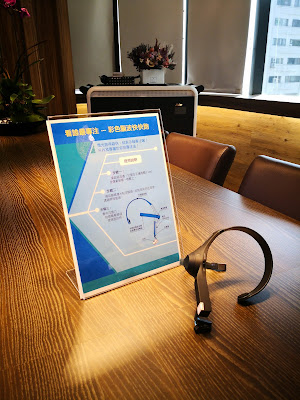

What’s
the best way to learn about a country? Probably by directly visiting it, right? DEI have created interactive Virtual Reality content as a teaching material for students. For example, in the VR game that was presented to us, a student will be able to ride a stationery bicycle, and put on the VR headset. He/She will then be transported to a virtual world in the Philippines, riding a bicycle across a thin rope over the mountains. At the other end of the rope is a village that the student can explore.
Naturally, educators will be able to control the experience from start to finish and be able to customize scenes according to learning objectives. Such concepts of bringing the classroom to life with VR is definitely beneficial to students. We were told that these contents could also better capture the attention of students with certain cognitive disabilities, allowing better engagement and enhanced learning.
Final Words
The visit to the Advanced Learning Lab in Taipei was definitely the highlight of our time in Taipei. It gave us a grasp of how much education has evolved over the years with technology, and the different solutions that are now possible with the use of advanced analytics and innovative solutions. We were truly amazed by the current state of advancement in Taiwan in the EdTech space. The lab has made us even more hopeful for better quality of education now and in the future for generations to come.
We would like to express our gratefulness to the Digital Education Institute of Taiwan for hosting our visit to the Advanced Learning Labs. Thank you.
updates,
our YouTube Channel!


